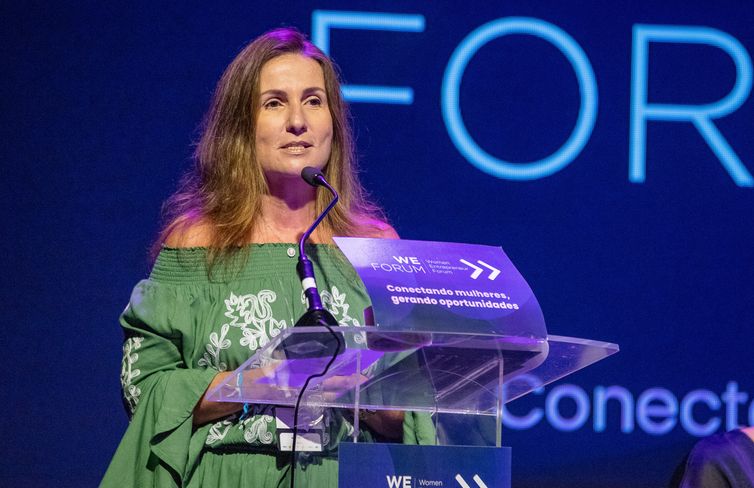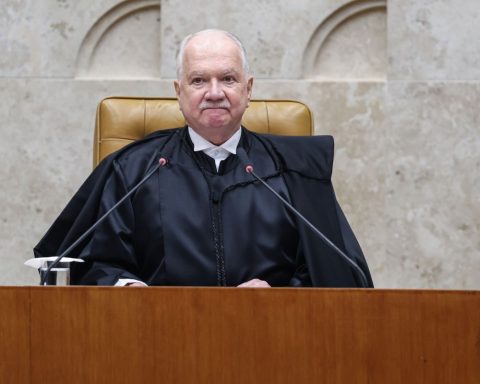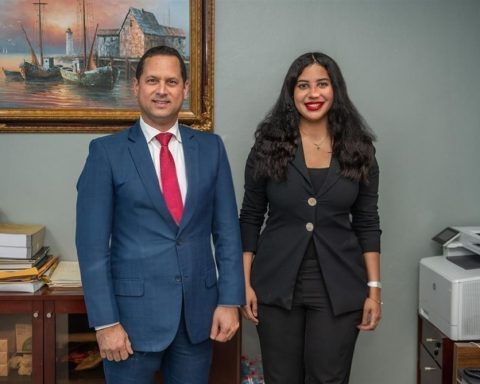The city of Rio de Janeiro is among the five Brazilian capitals with the greatest salary inequalities between men and women. In Rio, women earn on average 28.75% less than men. In other words, for every R$100 earned by men, women earn R$71.25.

This is one of the main challenges for the next municipal administration in Rio, according to the report. 2024 Elections: Major challenges for Brazilian capitals. produced by the Sustainable Cities Institute. The salary data used in the report are from the Continuous National Household Sample Survey from the second quarter of this year.
Municipal administrations can and should contribute to reducing this inequality, according to experts interviewed by Brazil Agency. Possible actions range from daycare guarantee and full-time schools so that women who are mothers can leave their children in safe places and be able to work, and even the granting of credit aimed at women’s businesses.
“When you put women in this space of income, of qualified income, of salaries with high added value, you are turning the economy around. You are generating more income, you are generating more jobs and you are moving the economy,” says the president of the Women’s Council of the Federation of Industries of the State of Rio de Janeiro (Firjan), director Carla Pinheiro.
Role of municipalities
Is it the role of municipalities to promote measures that reduce inequalities between men and women in the labor market? Mariele Troiano, a professor in the Department of Social Sciences at the Fluminense Federal University in Campos (ESR/UFF), explains that it is. “Municipal public authorities have a fundamental role in promoting strategies, actions and investments that transform social reality. To this end, public managers are expected to be familiar with the realities and inequalities that affect their municipalities, considering their diversity and specificities,” she states.
The professor adds that public policies developed by municipalities “must consider the urgency of access to areas such as health, education, housing and transportation, but also consider that different realities are crossed by structures of inequality marked by intersecting issues of class, race and gender. This is what happens when we perceive the difference in employability and remuneration between men and women”.
The data in the report shows that this wage gap is not recent and that it is greater than in recent years. In 2026, this gap in Rio was 26.2%. It reached 18.03% in 2022 and, in 2024, it reached 28.75%.
According to the professor, the index reveals that women are not considered in the profitability and growth of companies and that the efforts being made by companies and the government are still insufficient to significantly transform the situation. “After all, women seem to be even further away from the remuneration of a man who holds the same position, and this is made worse when we think about black women or look at management and executive positions.”
Situation in Rio de Janeiro
The study data shows that Rio is ahead only of João Pessoa, where women receive 28.89% less than men; Belo Horizonte, with a difference of 29.02%; Recife, with 29.30%; and Teresina, with the highest percentage in the country, 34.17%. The largest city in the country, São Paulo, has a difference of 24.54%.
At the other end are Manaus, with 13.3%; Aracaju, with 12.23%; Boa Vista, with 8.89%; Macapá, 6.34%; and Rio Branco, with the lowest percentage, 3.25%.
Janaína Feijó, a researcher and economist at the Brazilian Institute of Economics at the Getúlio Vargas Foundation (FGV IBRE), explains that cities that occupy higher positions in the ranking do not necessarily have greater equality between men and women. According to her, smaller cities tend to have less inequality because fewer women are less involved in the job market. “So the gender gap tends to be smaller because opportunities are more equitable, but incomes are not necessarily better.”
It is in larger cities, with more diversified markets, that inequality appears most. “When you go to the most populous capitals, where there is a diversified economy, this difference can be greater because women tend to concentrate in occupations that pay less, such as in the service sector. Men tend to concentrate in those occupations that pay more, for example, IT. [Tecnologia da Informação] and occupy management, leadership and leadership positions,” says Feijó. This is one of the factors that impacts this inequality, according to the researcher.
According to Feijó, gender inequality should not be seen only as a matter of social justice, but also as a matter of economic efficiency. “When we try to promote equality, the focus is often on achieving social justice, on creating a more egalitarian society, but the benefits of equality go far beyond this justice; we are talking about efficiency.”
The impact on the economy was confirmed in a study by McKinsey Global Institutewhich showed that if there were more pay equity between men and women, the world could see an increase in Gross Domestic Product (GDP), which is the sum of wealth produced, of 12 trillion dollars by 2025.
According to the economist, in addition to contributing to the economy with their own labor force, women, with their salaries, increase consumption and also family income. “Ultimately, these women are skilled and qualified workers who have the opportunity to contribute to the economy and also affect production. Furthermore, when women have access to the labor market, where they can be paid equally, they can also generate well-being for their families and can invest more per family member.”
What municipalities can do
For experts, one of the essential measures for the inclusion and equal pay between men and women is the provision of full-time daycare centers and schools.
“The first thing I think is urgent in our municipalities is the issue of full-time, full-time schooling, where a mother can safely leave her child to go to work, have a job, get training, and have the peace of mind that her child is in a safe place, fed and receiving a good level of education. This is something that we still find very difficult in Rio de Janeiro,” says Firjan director Carla Pinheiro. “This woman who needs to work, who needs a support network, who needs to have a safe place to leave her child to study, needs to have flexibility even in her work hours. This is an important public policy.”
Another important action, according to Pinheiro, is the purchase of public funds from companies run by women. In addition, she points out access to credit aimed at female entrepreneurs. “These are women who often undertake out of necessity, a form of survival entrepreneurship. They don’t even have this training in financial management, for example,” she emphasizes.
Pinheiro sums it up: “I think that education, daycare, flexible school hours, public procurement directed at companies run by women, access to credit, I think that if we do three of these, we will already be in a much better situation.”






















